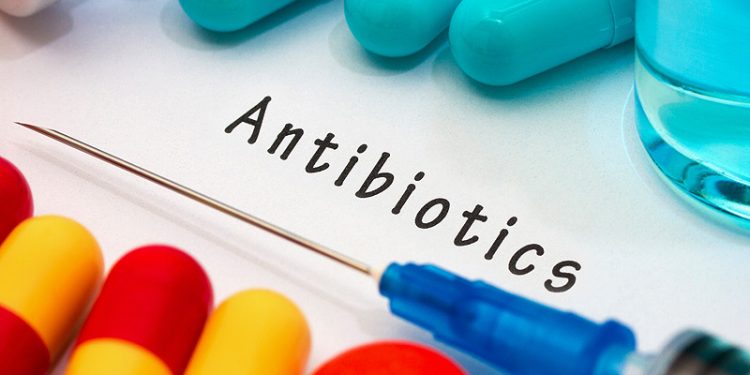Guruprasad Mohanta
The way we live has been changing. “Save for the rainy days” is the new mantra. This is also true for antibiotics. Owing to the development of antibiotic resistance, these drugs are losing effectiveness. Sensitive bacteria of today become superbugs of tomorrow. The human race is entering the ‘post antibiotic’ era, where a simple sore throat could turn out to be life-threatening. The pipeline for new antibiotics has almost run dry. Antibiotic resistance threatens to reverse growth of longevity. Though resistance is an issue with microbes such as bacteria, fungi, virus and parasites, bacterial resistance poses serious health issues owing to routine infections.
The recently released Organization for Economic Cooperation and Development (OECD) report has warned that about 2.4 million people could die in Europe, North America and Australia during 2015 to 2050 from resistant bacterial infections. The cost of treating these infections is an estimated $3.5 billion a year per country. Though antibiotic resistance is global, it is more severe in India. A government of India report confirms that the country “the highest antibiotic resistance rate among bacteria that commonly cause infections in community and healthcare facilities”.
Resistance to broad spectrum Fluoroquinolones and third-generation cephalosporin was reported to be higher than 50 per cent in most common pathogenic bacteria. The prevalence of hospital-acquired infections in India ranges from 11 per cent to 83 per cent compared with the WHO’s findings of 7 per cent to 12 per cent hospital-acquired infection burden globally.
Some major contributing factors for antibiotic resistance in India are: High consumption of broad spectrum antibiotics, easy availability of antibiotics, including combinations, inappropriate use by people with inadequate knowledge of their use, rampant antibiotic use in animals raised for food, environmental contamination from discharge of effluents from antibiotic manufacturing units to rivers and lakes. In 2014, India was the highest consumer of antibiotics; this was followed by China and the US. Our country was the fifth largest consumer of antibiotics in poultry, pigs and cattle. India would be the fourth largest consumer of antibiotics in food animals by 2030. India’s concerns about antibiotic resistance started late with the findings of New Delhi metallo-beta-lactamase (NDM-1) in 2010. Though, India was against the nomenclature of the resistant strain, steps were initiated to develop a policy to redress the issue. The National Policy on Containment of Antimicrobial Resistance was published in 2011. Realising the situation, the Prime Minister spoke of antibiotic resistance in Man Ki Baat. India needs all-around efforts to curb antibiotics misuse as it has put all of us at risk.
Antibiotic resistance is a global crisis. Along with terrorism and climate change, it remains one of the three major risk factors for human beings in the twenty-first century. A global action plan with multiple factors has been suggested to combat resistance. The development of resistance is a natural process that cannot be prevented but can be slowed down.
Antibiotic use contributes greatly to the development of resistance. The idea is to reduce antibiotic use not only in humans but also in other creatures. Besides focusing on awareness about the consequences of irrational use of antibiotics, greater investment is required on promotion of health and public health infrastructure to minimise the need for antibiotics use. OECD estimates that “an investment of just $2 per person a year on simple interventions such as hand washing and prudent use of prescription antibiotics would save three out of four deaths from resistant infections”. “A short-term investment to stem the superbug tide would save lives and money in the long term,” the OECD said.
The writer is Professor of Pharmacy, Annamalai University. e-Mail: [email protected]






































